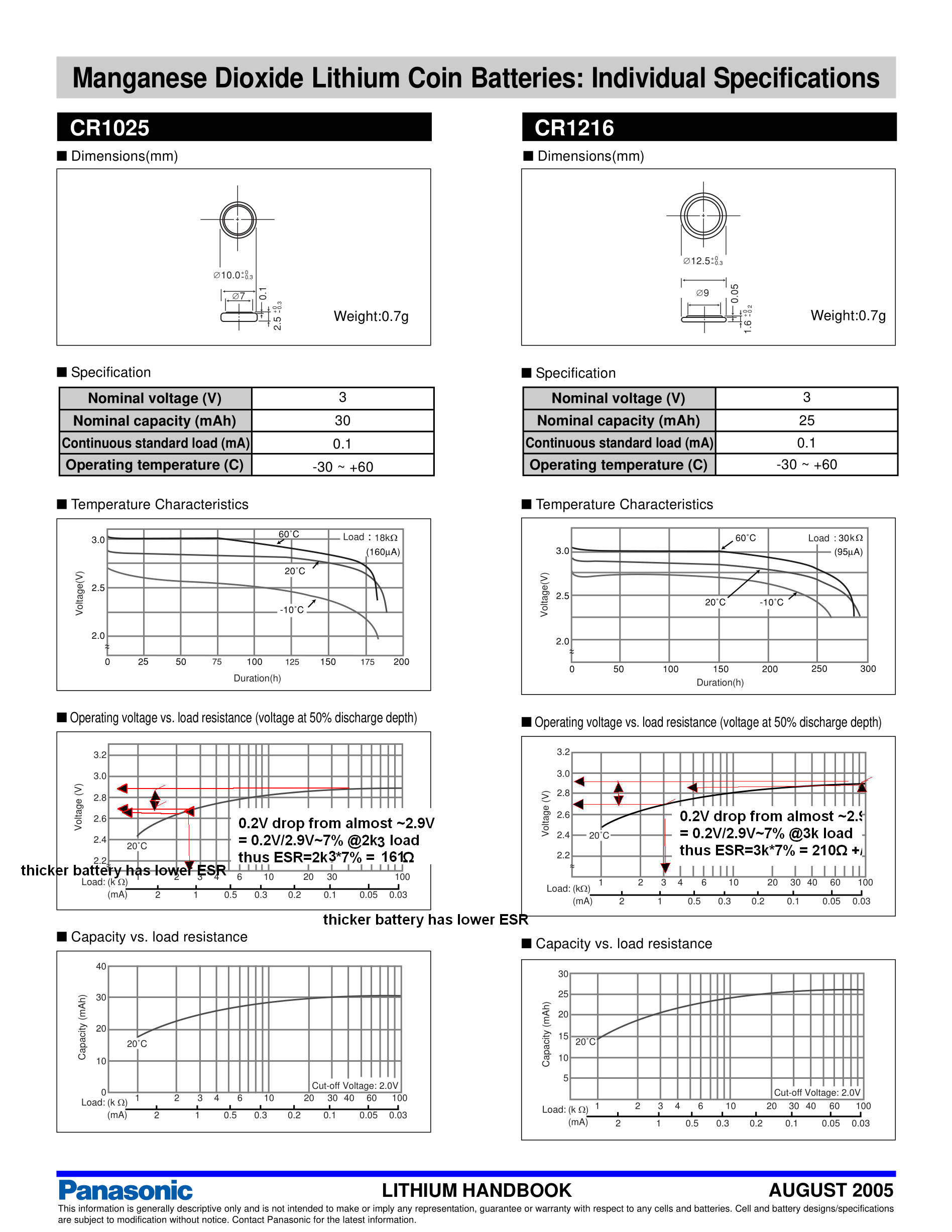I want a 500uF capacitor. Theoretically, I should be able to place 5 100uF capacitors in parallel to achieve 500uF of capacitance.
However, are there any side effects of practically implementing this? Are there non-ideal effects that I should account for?
Note: I'm looking for a 500uF surface mount ceramic capacitor. I've been able to find these, however, the tolerances are only +/- 20%. Furthermore, I've only found one manufacturer of these and I would prefer not be too dependent on a single manufacturer.

